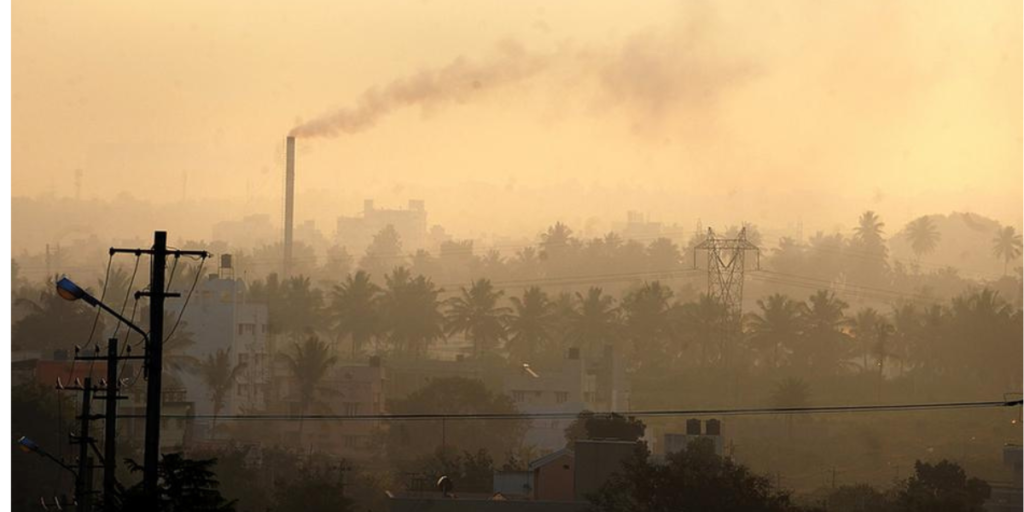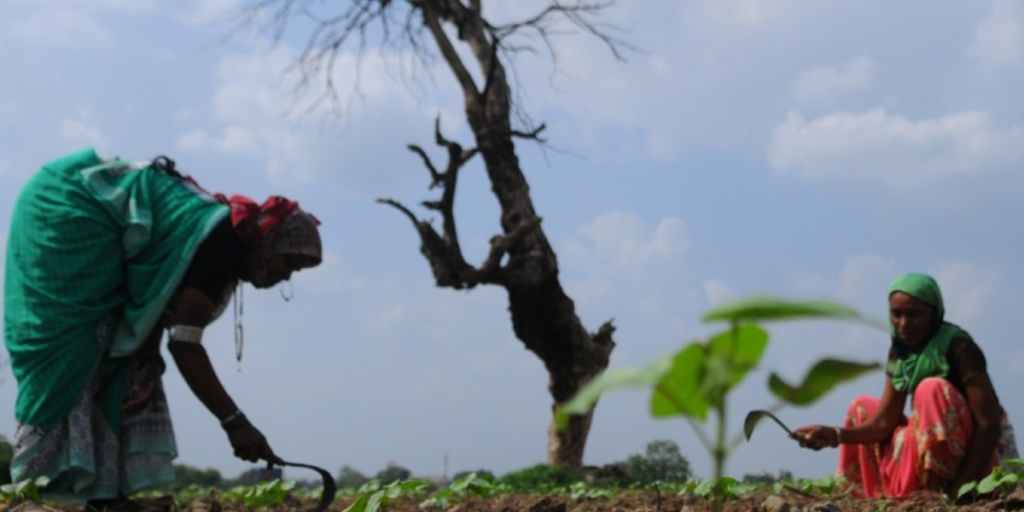In the semi-arid region of Gujarat, the historic site of Vadnagar stands as a testament to resilience against climate change , showcasing an agricultural economy that has endured the ebb and flow of monsoon rains for over two millennia. This ancient site has become a treasure trove for researchers, offering insights into how civilizations of the past adapted to climate change variations – lessons that hold profound relevance for contemporary climate change adaptation strategies.

Table of Contents
Historical Riches in Vadnagar: A 2500-Year Journey
The Birbal Sahni Institute of Palaeosciences has undertaken a comprehensive study, meticulously analyzing archaeological, botanical, and isotopic data from Vadnagar. This research endeavors to construct a 2500-year timeline of human occupation in this region, providing a unique perspective on how communities navigated through climatic shifts over centuries.
Dynastic Transitions and Crop Production Patterns
The findings of this research, published in Quaternary Science Advances, delve into the intricacies of dynastic transitions and crop production patterns at Vadnagar. The study specifically focuses on significant climate events, including the Roman Warm Period, Medieval Warm Period, and the Little Ice Age, unraveling the adaptive strategies employed by the inhabitants during these periods.
Climatic Challenges and Adaptive Responses
During the Historic and Medieval periods, Vadnagar experienced varying degrees of monsoon precipitation. However, it was the post-medieval period, coinciding with the Little Ice Age (1300-1900 CE), that presented a formidable challenge. Remarkably, the local population exhibited resilience, maintaining a robust crop economy centered around small-grained cereals like millets.

Resilience in C4 Plants: Nature’s Adaptive Gift
The cultivation of C4 plants, known for their resilience to climatic stress, emerged as a key aspect of the community’s adaptive response. Millets, belonging to the C4 category, became the linchpin of Vadnagar’s agricultural stability during a prolonged weakening of the summer monsoon. This discovery opens a window into the inherent wisdom of ancient agricultural practices and their potential applicability in the face of contemporary climate challenges.
Linking Ancient Wisdom to Contemporary Climate Change
The study’s implications extend far beyond the historical significance of Vadnagar. By drawing parallels between ancient adaptive strategies and modern climate change challenges, we gain valuable insights into sustainable practices. The resilience exhibited by the people of Vadnagar serves as an inspiration for crafting effective climate change adaptation strategies in the present day.
Climate Change and Agricultural Sustainability
As the global community grapples with the escalating impacts of climate change, agriculture stands at the frontline of vulnerability. Vadnagar’s historical resilience prompts us to reconsider agricultural practices that align with nature’s adaptive principles. The relevance of the study’s findings in the context of contemporary agricultural sustainability amidst changing climate patterns.

Lessons for Today: Sustainable Agriculture in a Changing Climate
The agricultural landscape has evolved since the days of Vadnagar, but the principles of resilience and adaptability remain timeless. the lessons that can be gleaned from the historical practices of Vadnagar and how they can be incorporated into modern agricultural systems to build climate-resilient food production.
Policy Implications: Integrating Ancient Wisdom into Modern Solutions
How can the lessons from Vadnagar inform policy decisions and climate change adaptation strategies? This section examines the potential policy implications, urging policymakers to consider the integration of traditional agricultural practices into contemporary frameworks to foster sustainable development.
As we draw inspiration from Vadnagar’s historical resilience, the imperative now lies in translating this ancient wisdom into actionable strategies for a climate-resilient future. Recognizing the critical role of agricultural sustainability, policymakers must integrate the lessons from Vadnagar into contemporary frameworks. This entails revisiting agricultural practices to align with nature’s adaptive principles, fostering a more sustainable and resilient food production system.
Community engagement becomes paramount, with local communities playing a pivotal role in safeguarding their heritage and contributing to climate resilience through the preservation and promotion of traditional knowledge. Overcoming challenges in bridging the gap between past wisdom and modern solutions requires a collaborative effort, leveraging opportunities to implement effective strategies for mitigating the impacts of climate change.

Conclusion: Nurturing Nature’s Blueprint
In the face of the climate crisis, Vadnagar’s ancient wisdom provides a timeless blueprint for resilience and sustainability. This conclusion synthesizes the key takeaways, emphasizing the need for a harmonious relationship between humanity and nature. As we navigate the complex challenges of climate change, embracing the lessons of the past may well be the key to securing a sustainable and resilient future.

